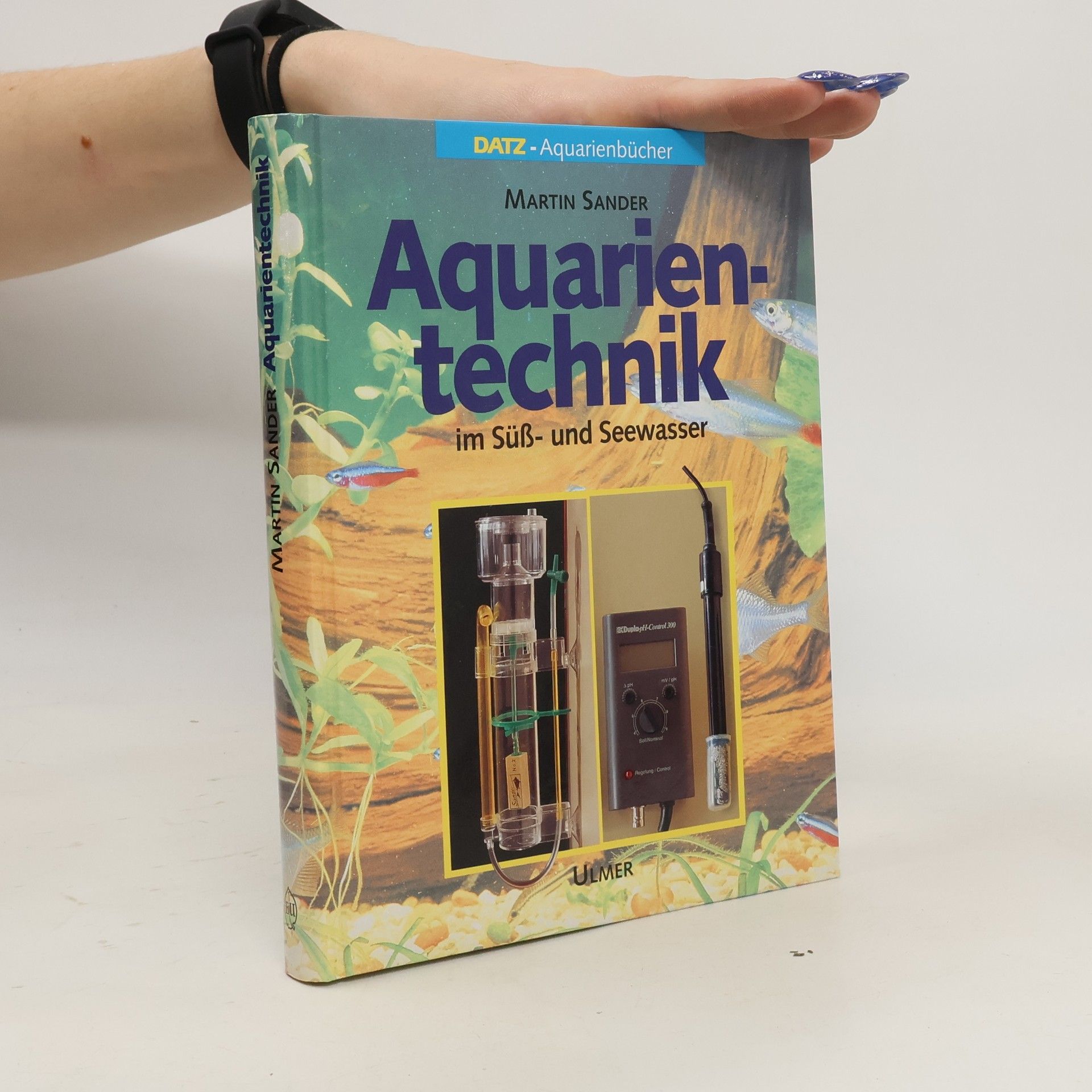Aquarientechnik in Süß- und Seewasser
- 256 pages
- 9 hours of reading
Zielsetzung dieses Buches ist es, die heute in der Aquaristik verwendeten technischen Geräte, wie Filterelemente und -systeme, Beleuchtung, Heizung, Kühlung usw. von ihrer grundlegenden Funktion her zu betrachten. Es wird aufgezeigt, wie sie in den biologischen, chemischen und physikalischen Haushalt eines Aquariums eingreifen. Dazu ist es notwendig, wichtige Grundlagen und Begriffe wie Redoxpotential und viele andere zu erklären. Auch die Funktion und Lebensweise von Bakterien im Aquarium, wichtig für die biologische Filterung, werden ausführlich dargestellt. Nach der Lektüre des Buches wird man verstehen, warum der Abschäumer nur im Seewasser funktionieren kann und der Holzauströmer immer noch seine Berechtigung hat. Viele technische Probleme, vor die der Aquarianer immer noch gestellt wird, werden besprochen und erklärt. Die Aufbereitung des Aquarienwassers wird ebenso behandelt wie die des Leitungswassers, mit dem man das Aquarium nachfüllt. Denn die Wasserqualität, die für den Menschen ausreicht, reicht für manchen Fisch oder eine empfindliche Koralle noch lange nicht! Die erforderliche Messtechnik spielt eine grosse Rolle, da sie hilft, die verschiedenen Massnahmen zur Wasserpflege zu überprüfen. Schliesslich wird das erworbene Wissen an einigen Aquarienanlagen verschiedenster Prägung exemplarisch dargestellt. Fast alle besprochenen Themen sind für Süss- und Seewasseraquarianer wichtig.
